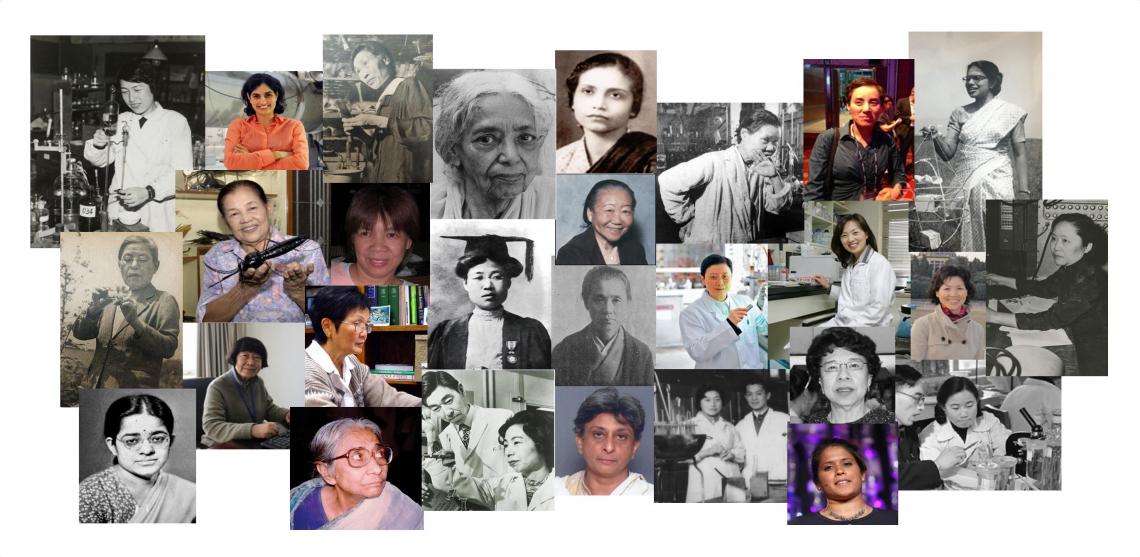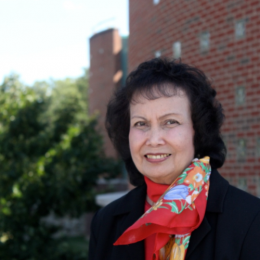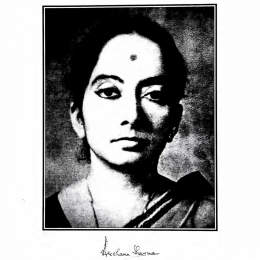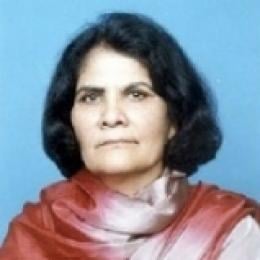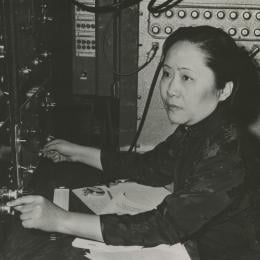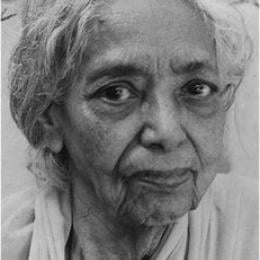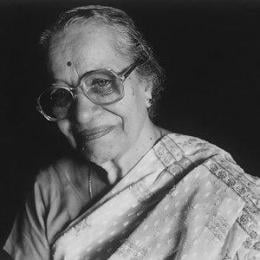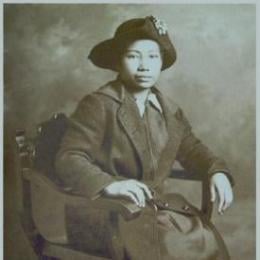Research stands on the shoulders of those who came before us. Here we celebrate some of Asia's pioneering female scientists in history.
If you would like to suggest a researcher, please email us at info AT asiaresearchnews.com.
Additionally, check out our article on Addressing gender bias in STEM communications, our compilation of organizations working to support women in research today and our Experts for Media: Women in Research page.
While assisting my nieces on Asian pioneers in science, I came upon your Giants in History. Thank you, love the site, really helps to inspire young people to enter the science fields.
Dal Basi


